Does anyone know how to demonstrate this formula?
It is also worth noting that you should consider your entire system bandwidth. You need to factor in both the bandwidth of your probe and your oscilloscope to determine the bandwidth of your probing system (probe + scope). See the formula for your probing system bandwidth below.
$$ \text{System Bandwidth} = \frac{1}{\sqrt{\frac{1}{\text{Scope Bandwidth}^2} + \frac{1}{\text{Probe Bandwidth}^2}}}$$
Let’s say both your oscilloscope and probe bandwidths are 500 MHz. Using the formula above, the system bandwidth would be 353 MHz. You can see that the system bandwidth degrades greatly from the two individual bandwidth specifications of the probe and oscilloscope. Now, let’s say that the probe bandwidth is 300 MHz and the oscilloscope bandwidth is still 500 MHz. Using the above formula, the system bandwidth reduces further to 257 MHz. You can see that the total system bandwidth is always lower than your weakest link or lowest system component bandwidth.
The formula is coming from this article: How Can You Avoid Selecting an Oscilloscope Probe with the Wrong Bandwidth? from Keysight's Operational "How To" Guides.
The same formula is used for calculating the bandwidth of cascaded op-amps. It is a general formula and it does not depend only on oscilloscope and probe.
-------------------------E D I T----------------------------------------- Just for information. You will also find the formula used on cascaded op amp from texas instrument. It is said said as an approximation
